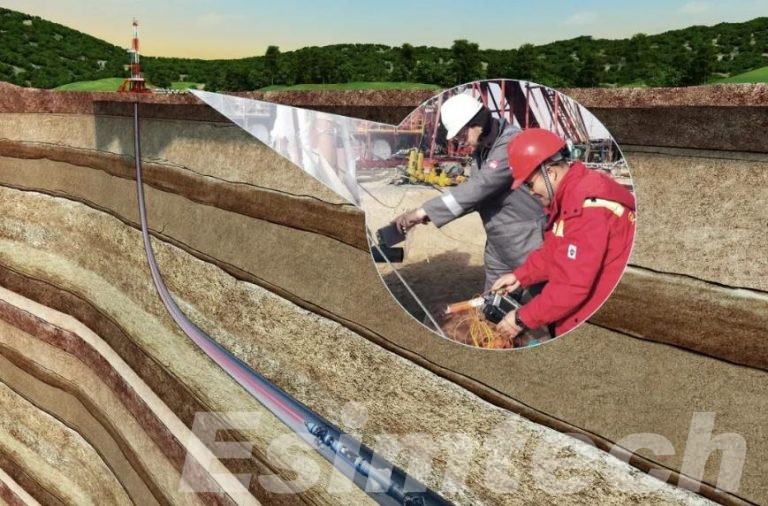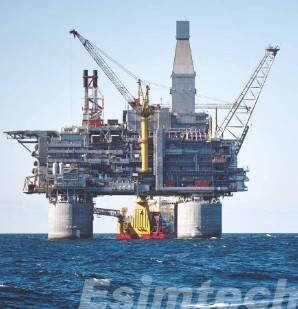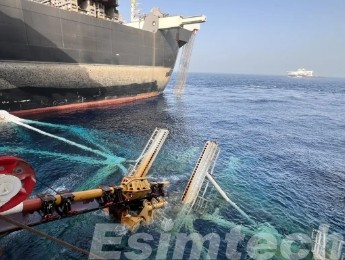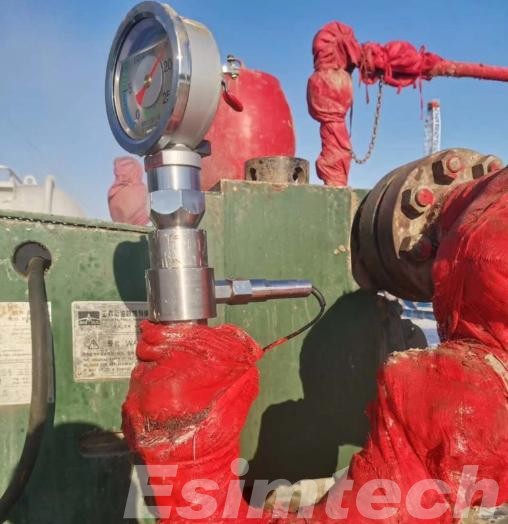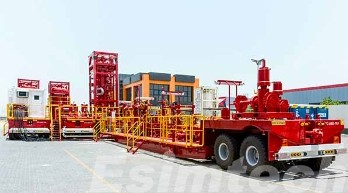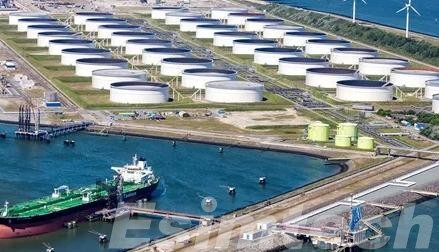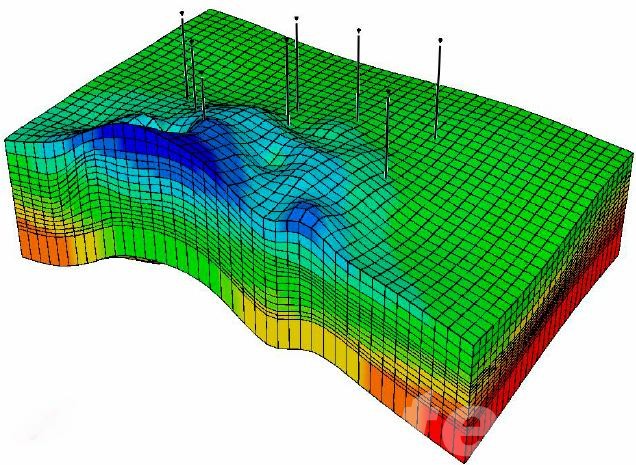The Role of Downhole Sensors in Optimizing Unconventional Wells
The oil and gas industry has long been working to extract valuable hydrocarbon resources from unconventional reservoirs such as shale and tight gas formations. However, these reservoirs present some unique challenges that require advanced technologies to optimize recovery and operational efficiency. One of the most important advances is downhole sensors – a tool that provides real-time data…

